Composition is such a crucial component in making a good piece of art. But when I was studying in art school, no one taught me much about it.
After I was on my own making art, I realized what I needed was to learn how to compose a painting.
For example, I can draw and paint good portraits, but I had no idea what to put in the background to make the portrait not static and boring!
So, I did some extensive research and added my own observations. I hope this series will give you a lot of “aha” moments along the way!
1. What is composition in art?
2. Paint what you want to say instead of copying what you see.
First of all, what is composition in art? Simply put, it’s the way artists organize all the different elements to convey the artist’s vision—the overall feeling or emotion of a piece of art.
Famous French painter Henri Matisse said, “Composition is the art of arranging in a decorative manner the various elements at the painter’s disposal for the expression of his feelings.”
Let’s deconstruct that statement a bit:
“Arranging in a decorative manner”—composition is key to “decorating” your painting to make it more aesthetically pleasing and attractive.
“Various elements”—composition consists of many different elements: colors, lines, placements, values… there is a lot to learn!
“At the painter’s disposal for the expression of his feelings.”—In essence, composition is a tool to express the artist’s unique vision and style.
So, what do we learn from this statement? Composition is crucial to making or breaking a painting. There are various methods to compose a painting, and in the end, it’s all for the expression of the artist’s own vision for their art. Matisse himself is famous for using colors as his trademark style.
Matisse himself is a master of using colors to convey his unique vision and is one of the pioneers in the groundbreaking “Fauvist” movement.
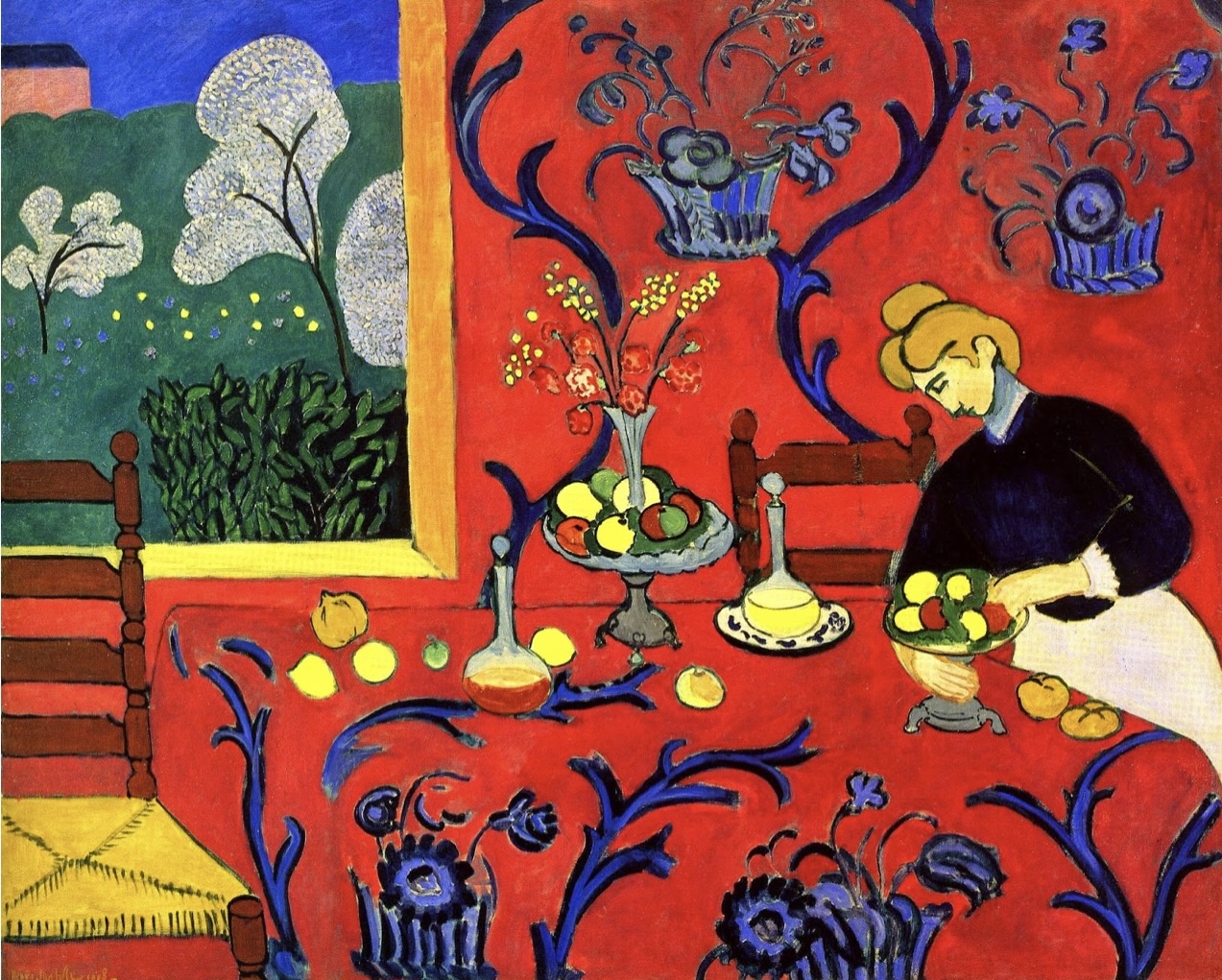
Henri Matisse “Harmony in Red”
2. This leads us to the next topic: what you see vs. what you want to say.
With amazingly advanced photographic techniques, even AI, you can make a very painterly-like image on your screen in one second. I’ve seen so many paintings with amazing details, but they look just like… a photo or an AI-made image.
Unless you aim to create photorealistic art, my guess is you don’t want your painting to look just like a photo. You want your art to convey your own vision and sing with your own voice.
And the key to achieving that goal is: learning good composition.
And don’t get me wrong, there is nothing wrong with using photographs. The key is using them as a reference and inspiration instead of copying every detail.
One of my favorite artists—French impressionist Degas—was a pioneer in using photographs as references for his paintings. Many of his painting angles demonstrate the influence of photography. But as soon as you lay eyes on one of his paintings, you will instantly know it’s a Degas, not a photo.
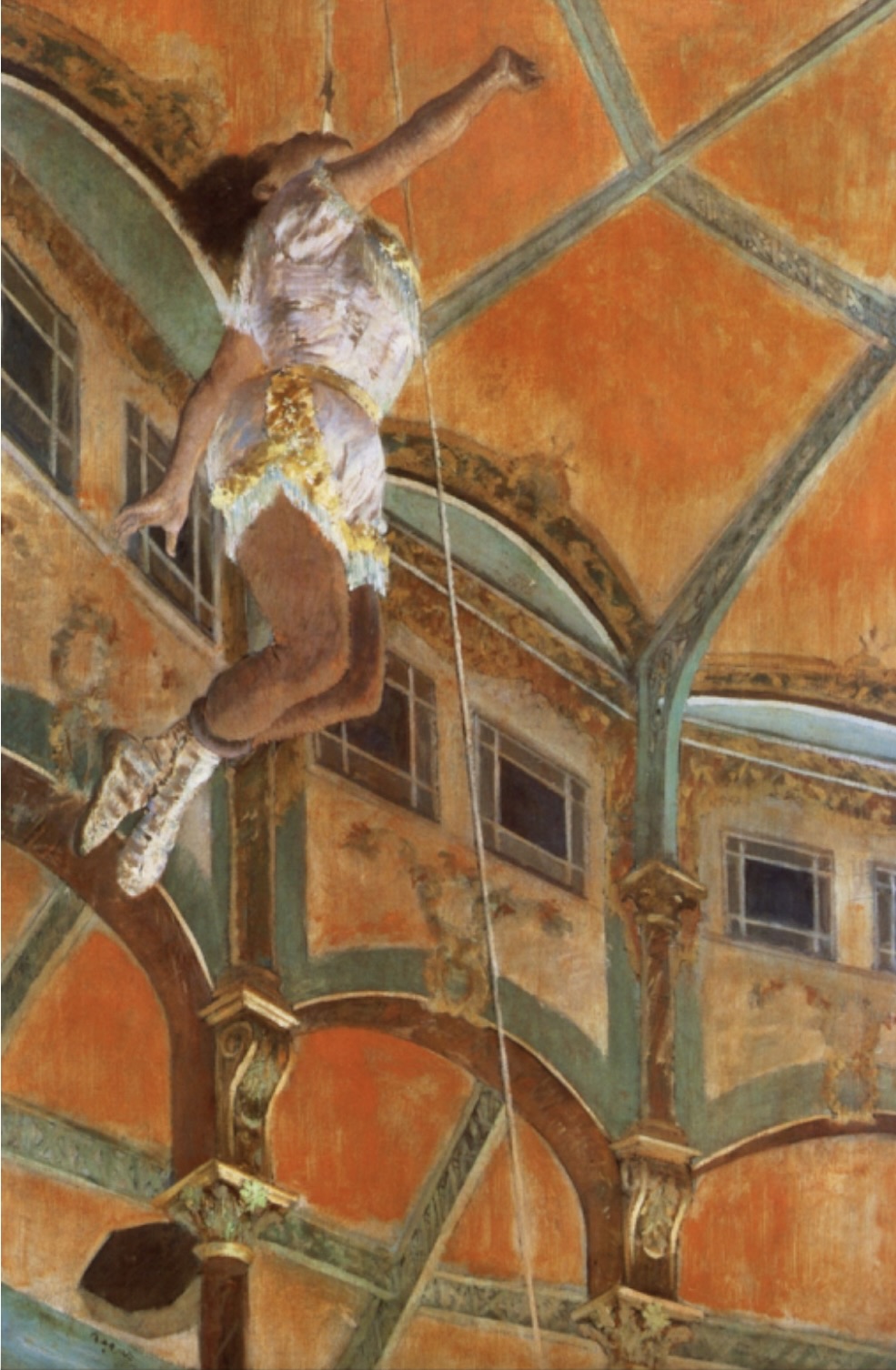
Edgar Degas, “La La at the Cirque Fernando”
So, in the next post, we will dive into the world of composition, learn the ways to compose your paintings, and hopefully, by the end, you will have a clear vision of how you want your painting style to be!

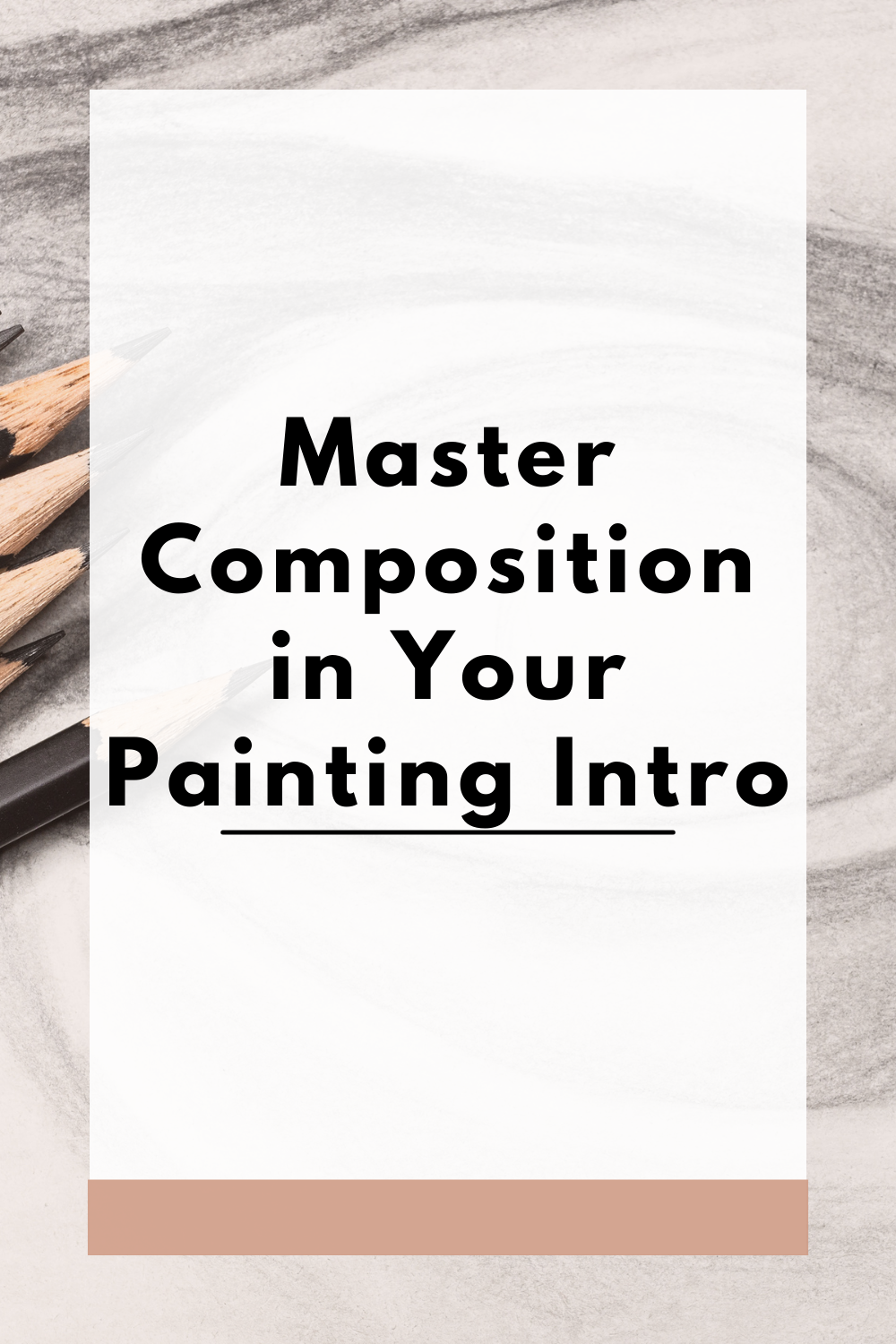
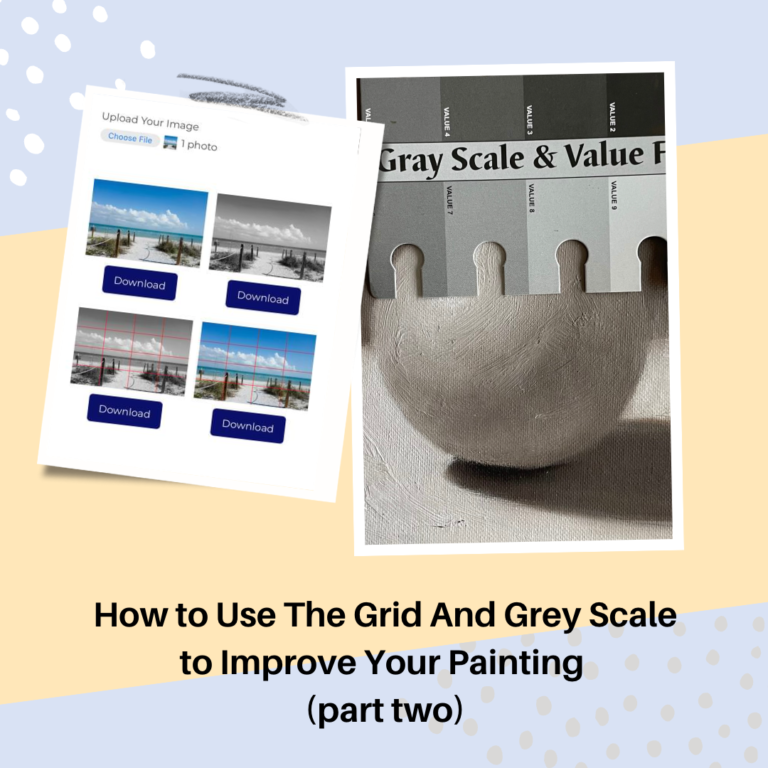
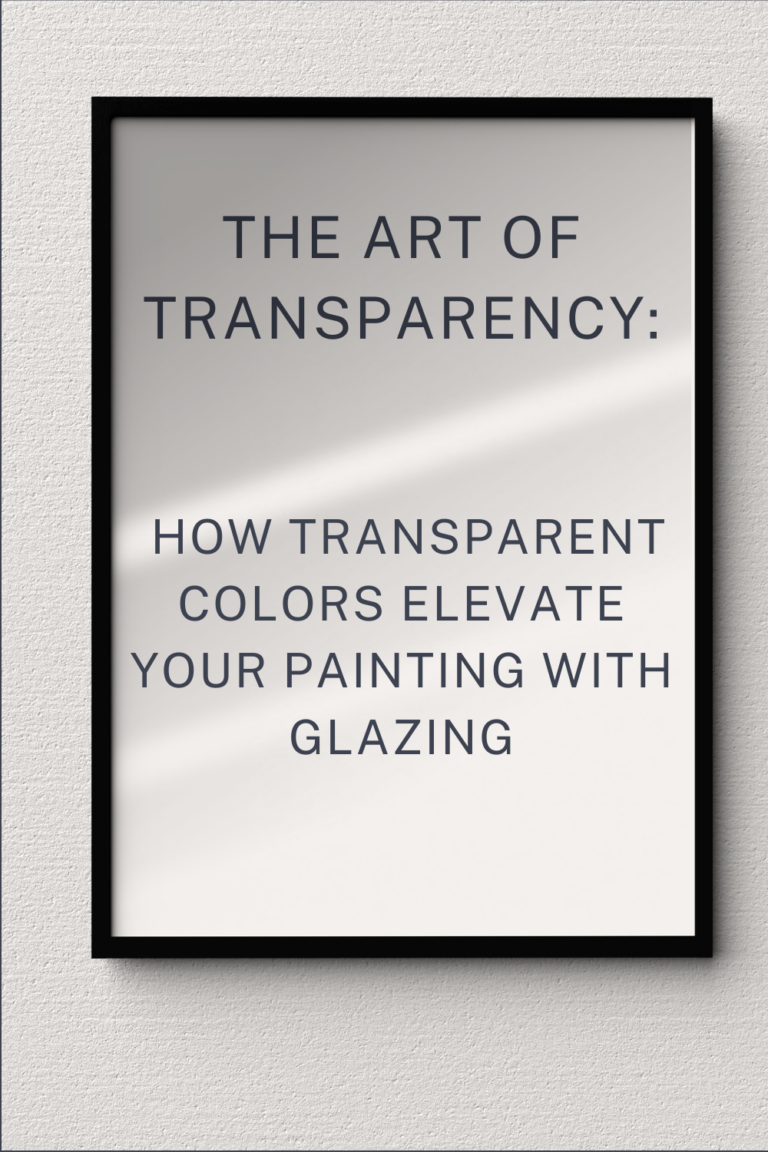
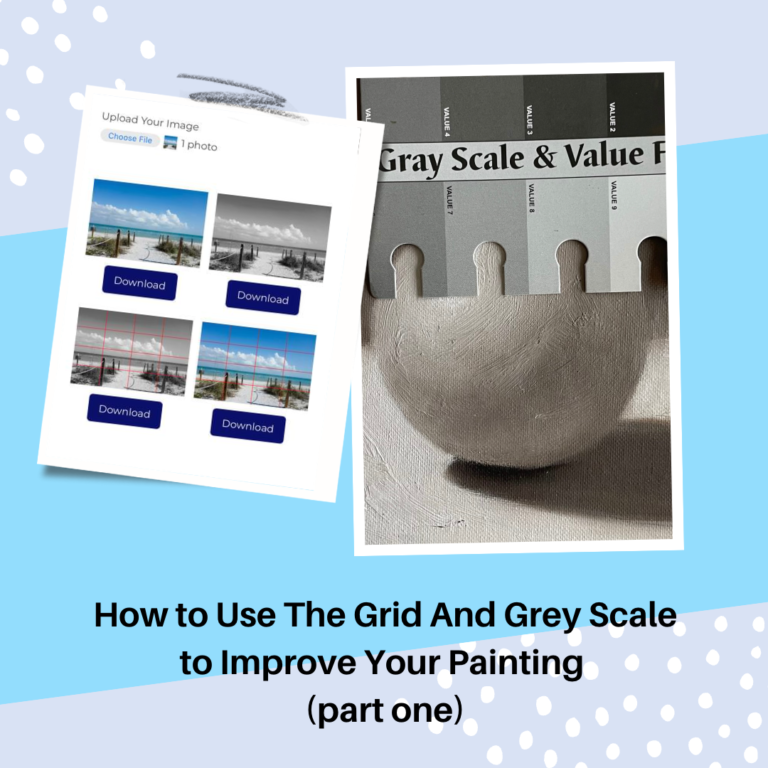
Pingback: Sturdy Triangular - Ying McLane